By Courtney King
Recently, some friends of mine followed in the familiar path of many from “back east,” relocating to Colorado in search of greater (in number, size, and intensity) outdoor opportunities.
Before discussing their move, I knew from previous conversations with this peak bagging couple that their primary objective would be to hike as many 14ers as they could, a goal shared by transplants and locals alike.
Sure enough, what felt like less than a month in, their Instagram posts confirmed they had already hiked over a dozen of the state’s peaks reaching over 14,000 feet in elevation — made clear from the tally presented within each image’s caption.
Coming from upstate New York, the concept of peak bagging is nothing new to me. It seems like everyone who “gets into” hiking is enraptured with the idea of completing the 46ers – the title representing the number of Adirondack peaks over 2,000 feet. These mountains might seem to pale in comparison to the Rockies, but they can still prove quite a challenge when you’re starting from close to sea level.
When I moved to Colorado, then, my own aspirations included hiking at least a few 14ers. Of course, life quickly got in the way, and I hadn’t reached 14,000 feet by foot until the summer of 2021.
As a digression, despite Colorado’s claim to the greatest number of fourteeners, I reached this vaunted height at the summit of Mt. Whitney (or Tumanguya, its Native name used by the northern Paiute), the highest peak in the lower 48. Despite some local disdain for the entire state of California, it must be said that the golden state knows how to get high too.
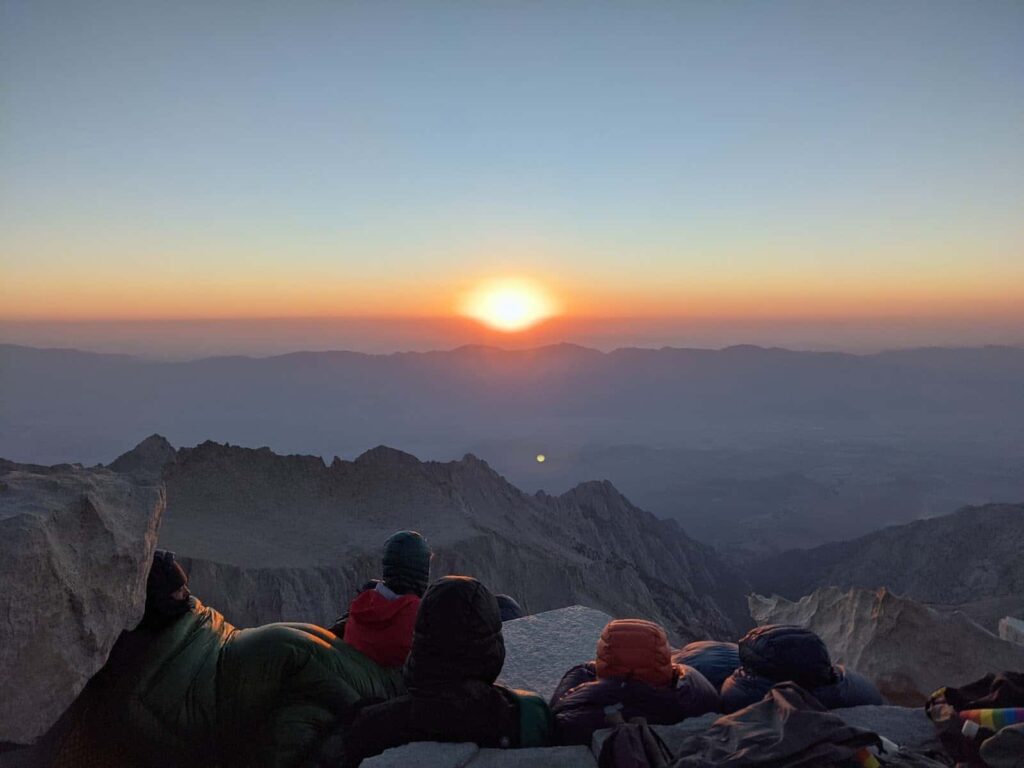
I wouldn’t hike my first Colorado fourteener for another year, when I summited Gray’s and Torrey’s peaks this past June. I was humbled by the challenge these peaks presented after I had become de-acclimated to both high elevation and long hikes, and even more humbled later on when I learned their traditional name, heeni-yoohoo, meant “the ant hills.” Just two out of the state’s more than fifty 14ers, and arguably some of the easiest!
Reflecting on my original intentions, I realized that while I hadn’t dedicated as much time as I would have liked towards hiking, part of why I was only just then completing a 14er is that I had prioritized other hikes that may have been easier, but which proved just as rewarding.
While I don’t think that having a goal — like that of my friends’ — to reach the top of each peak is necessarily a bad thing, I do think it prevents many hikers from exploring what else the state’s trails (more than 39,000 miles in all, and those are just the officially mapped trails) have to offer.
While visiting national parks, I’ve been frustrated by fellow visitors asking whether certain hikes are “worth it.” As much as I hate to admit it, many of us do feel the need to justify our hiking, providing a reason for the day or weekend spent doing something that might be seen as “non-productive,” along with the transportation that can be required to reach the trailhead in the first place. A concrete summit or elevation goal, and the societal labels placed on 14ers, can certainly provide that justification.
I’ve found that as I’ve grown as a hiker, something about seeing others focus exclusively on high peaks has rubbed me the wrong way, apart from simply considering whether they may have dismissed other trails that may be just as enjoyable.
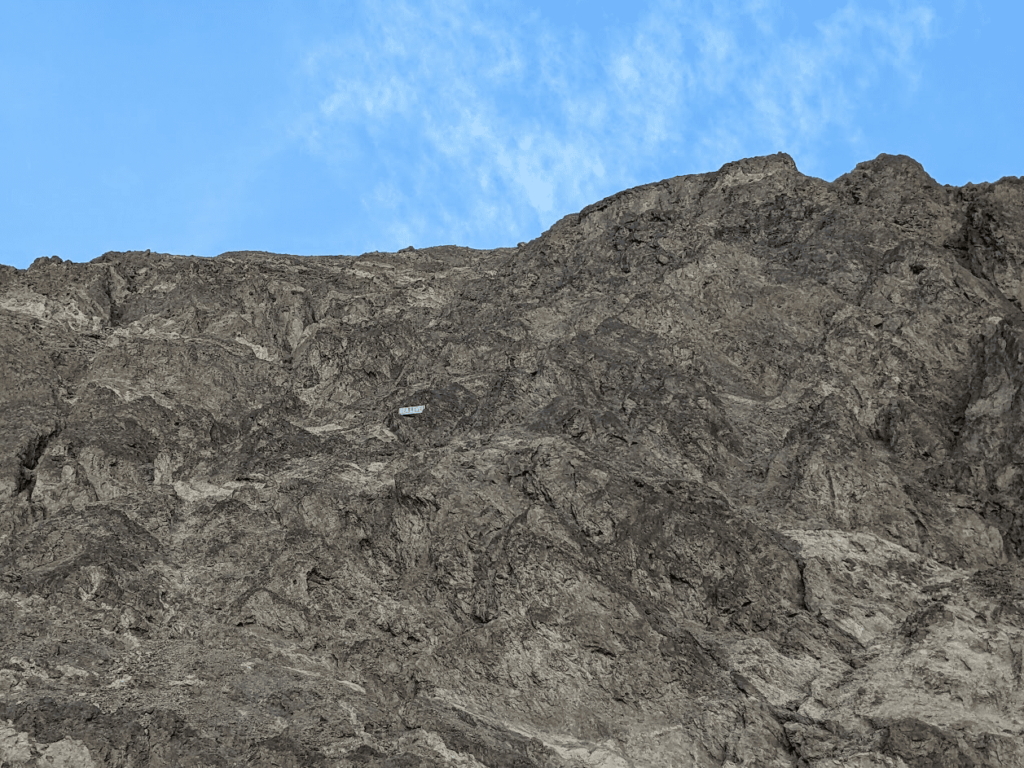
It likely has a bit to do with my desired speed and intensity — while I want something a bit more challenging than a nature walk, I would also rather spend as much time as I can on a given trail rather than racing down a mountain to beat a storm (or afternoon traffic).
When I don’t have the time to make that happen, however, a shorter, more demanding hike can be a nice compromise.
I’m also not a mountaineer by any means (well, except for graduating from Western), so some higher class hikes are more likely to make me intimately aware of my lack of climbing skills than to provide a rewarding thrill.
Nonetheless, it seems like something deeper has spurred my unease about the practice of solely summiting high peaks, something that may indeed reflect back on the history of mountaineering in the west.
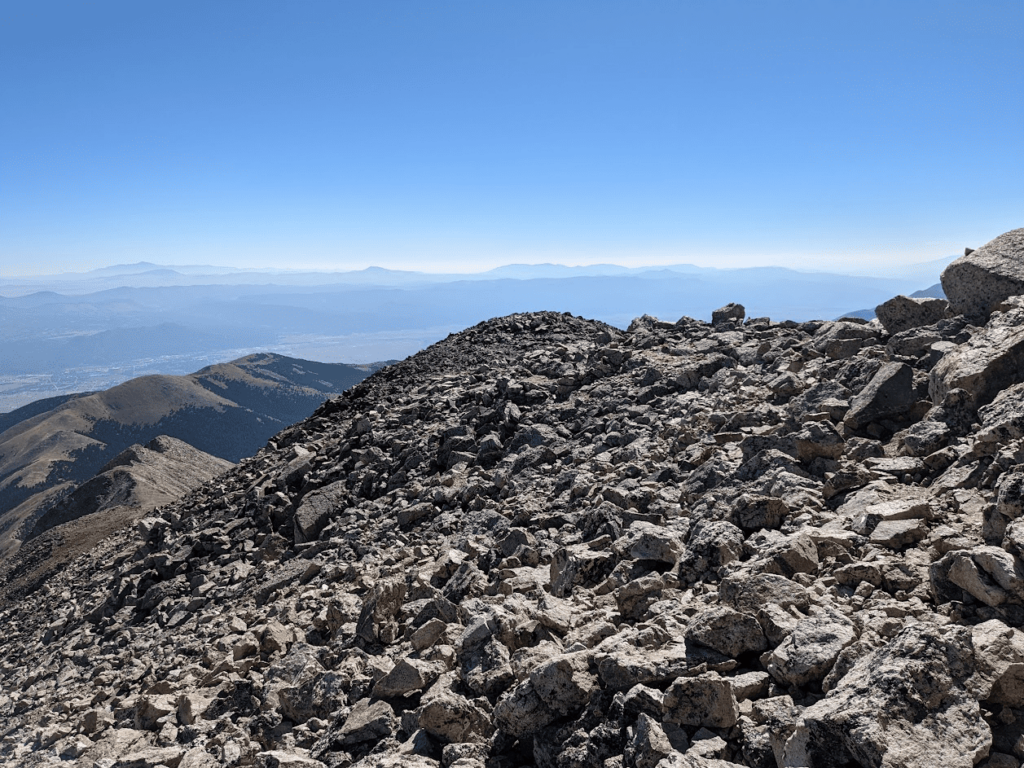
At the heart of the matter, the desire of some to “bag peaks” without thinking of their history, the surrounding land, and what they could get out of the experience other than checking another mountain off the list feels imbued with colonizing sentiments.
I know that coming from a white woman, picking up on this certainly justifies any eye rolling —however it’s clear others have had the same feeling — and have documented its real, historical roots.
Perhaps the most tangible example of this dynamic has been the colonization of Mt. Everest (it’s English name, although we’ll return to that shortly).
In the past decade enhanced attention has been paid to the rampant tourism and the pay-to-play system taking place on Everest. Under the status quo, those who can afford the expedition fees can shoot for the summit of the world’s highest peak — even if their climbing skills are largely nonexistent — and their local guides (essentially mountaineer mercenaries) will simply pick up their slack, completing the dangerous trek on repeat while hauling heavy loads of client’s equipment on a mountain which has claimed the lives of more than 300.
My aforementioned friends, before moving to Colorado, had been planning to hike Mt. Kilimanjaro — another mountain with spiritual value that many in the western world have felt the need to summit.
Regarding Kilimanjaro, Europeans had not believed a snow-covered peak could exist in Africa until they had made the trip themselves. As on Mt. Everest, those hiking this peak are supported by local guides — but with a greater focus on comfort than what is actually needed to reach the summit.
I was taken aback to find these friends — whom I had met hiking, carrying everything we needed in the world on our own backs — discussing how guides would haul tables, chairs, and silverware for them to set up what was essentially a mountainside fine-dining experience.
I shouldn’t have been surprised, however — one of these friends had previously mansplained (mountaineer-splained?) to someone else who had lived in Tanzania for years how easy it would be to organize a hike of the mountain, in a country and continent to which he had never traveled.
Interestingly, while reports are conflicted, some believe the name Kilimanjaro originates from a European mispronunciation of a phrase meaning, “we failed to climb it.”
The connection between peak bagging and colonization might be said to be embodied in the physical act of exerting oneself to attain a summit — battling natural forces to place a mountain underfoot, until it is conquered and one is the tallest figure on scene.
The claiming of a mountain can be accomplished in a literal physical sense, but this supposed ownership is also represented in the language used by mountaineers and explorers — now, but particularly in the past, where areas were barely considered to exist until verified and subsequently claimed by Europeans.
In this way, it is interesting to examine the language used in peak bagging, and in mountaineering as a whole, and its greater connections to European exploration.
Specifically, many of the world’s prominent peaks were given their English names by explorers of the nineteenth century. The aforementioned Mt. Everest, for example, was named after Sir George Everest, a former British Surveyor General of India — this title referencing his role in “discovering” and noting what the then-colony’s land had to offer to the Crown.
Returning to the present and local context, a movement has begun to, at the very least, recount mountains’ indigenous names. Recreationists in the United States should likely be familiar with recent initiatives to rename places that contained slurs or referenced individuals who carried out harms to Native peoples.
But even less-immediately harmful names could be criticized for their connections to Europeans over their traditional meanings — even Everest himself had been opposed to becoming the mountain’s namesake, and cited the importance of utilizing local names.
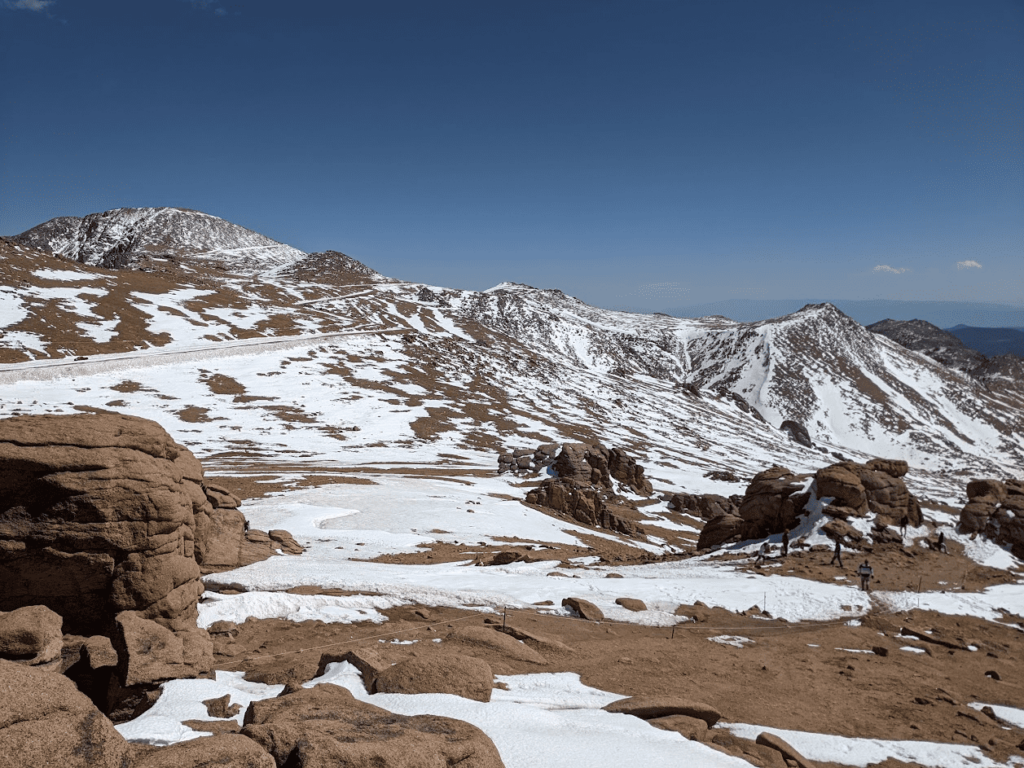
Such consideration of names also applies to fourteeners, with a large number named after geographers and mountaineers of European descent. And those named after Ivy League universities? As it turns out, a few of the mountaineer and explorers who conducted much of the naming already had peaks bearing their names, and so they chose to bestow the names of their alma maters on the mountains they cataloged.
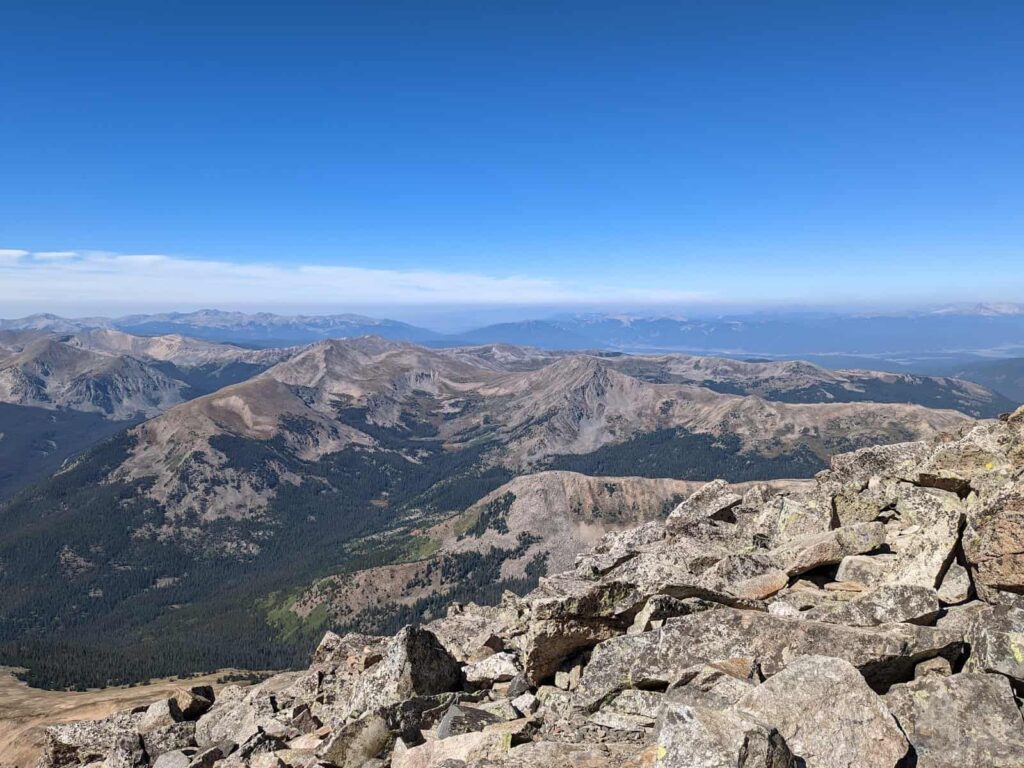
While acknowledging the traditional names of places doesn’t eliminate their relationships with colonizing forces, it has been reported, at least in some cases, to spark interest in learning more about these areas’ histories, including their original climbers and caretakers.
Just as peaks are regaining their names, the concept of “peak bagging” is being remade as well. Hikers, climbers, and mountaineers are working to decolonize mountain recreation — often beginning with promoting and expanding interest in, and access to, the outdoors among underrepresented groups.
Many are also interested in moving beyond the peak bagging mentality through reaching local high — but sometimes unnamed — points (like Top o’ the World columnist Ashley Peterson), considering other hikes without flashy labels, setting their sights on other other hiking goals beyond checking names off a list, or simply focusing on enjoying the journey before (and after) the peak is reached.
Perhaps we should also give those like my friends some slack — while they may be interested in completing a well-defined list of hikes, that doesn’t mean their intentions in doing so cause harm.
As famous climber Steve Roper, who has developed many of his “own” hiking routes, writes:
“Most of the peaks had as their first ascenders those who in a former day would have been called explorers but now could only be thought of as peak baggers, interested primarily in trudging endlessly over heaps of stones, building cairns, and inserting their business cards into specifically designed canisters especially carried for this purpose. But perhaps I am being too harsh. They’re having their fun.”

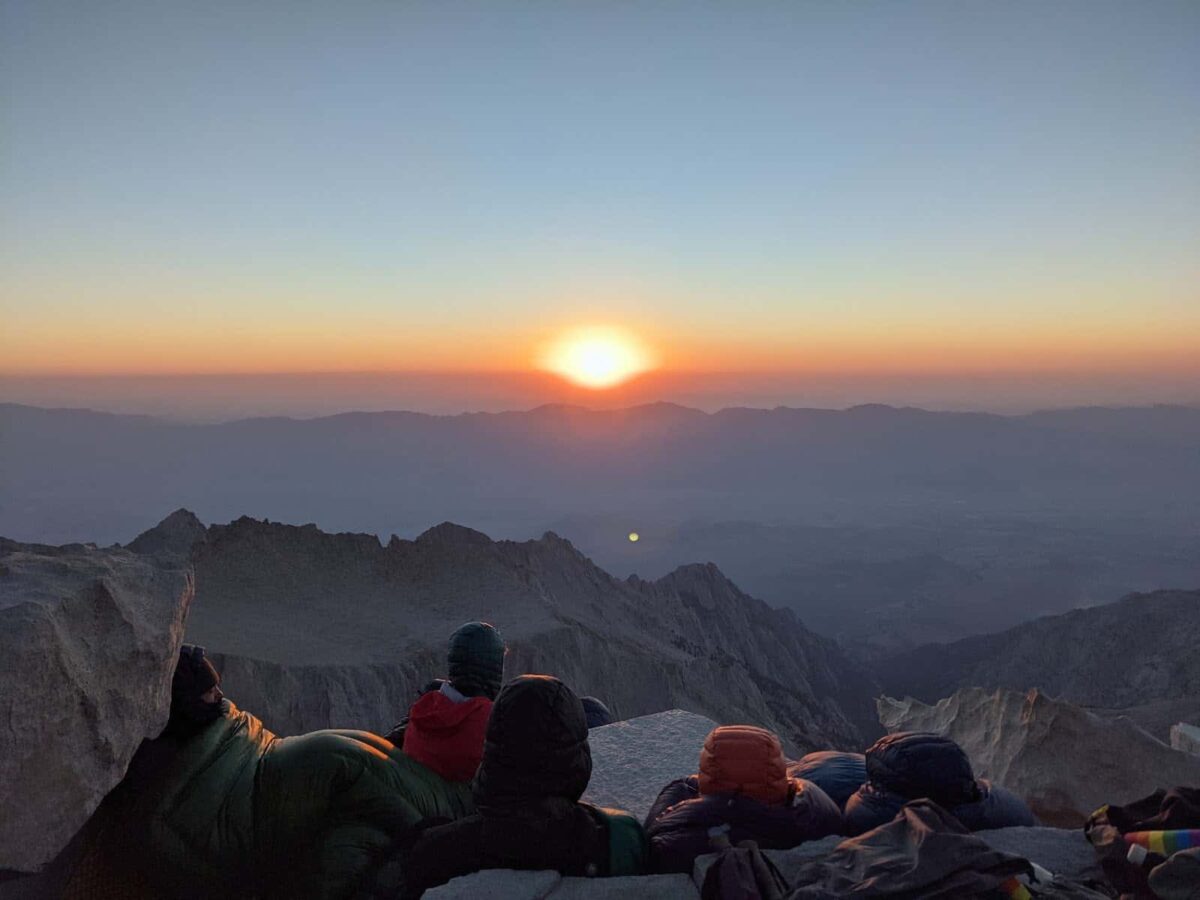
I once tried the Shoshone-Paiute names of Sierra peaks in California from a Shoshone woman. We talked for over an hour but she politely evaded me a single name. Later, I told a Lakota friend about my encounter and he said, “Of course she wouldn’t tell you. She didn’t know you nor how you wanted to use that information.” Native people have been so abused by European and American colonizers that information is not shared unless a trusting relationship is established.
My take on this is more about a trophy hunting mentality, with nature as a mere backdrop for crass ego trips. Of course, climbing certainly takes more effort than mindless killing, but the word “bagging” isn’t subtle.
Mountains are also increasingly seen as “wind resource zones” for quasi-environmentalists with no respect for the sacred. This refers to growing industrial wind energy sprawl, the most visible man-made blight to ever grace the planet. It’s not only ugly during the day; night skies are ruined by flashing red FAA lights.
When man-made objects “colonize” high points for dozens of miles in all directions, nature’s fate is increasingly grim. This process is well underway and many people are naïve about its scale and utter oil-dependency.